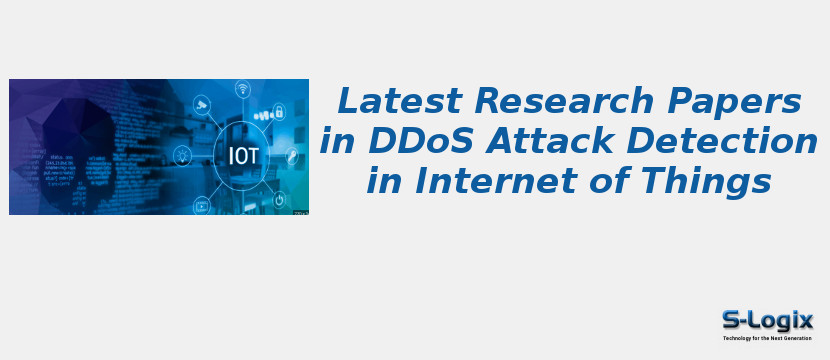Research papers in DDoS attack detection in the Internet of Things (IoT) focus on identifying and mitigating distributed denial-of-service attacks that target the resource-constrained devices, gateways, and networks within IoT ecosystems. Due to the massive scale, heterogeneity, and limited computational and energy resources of IoT devices, traditional DDoS detection techniques used in conventional networks are often inefficient or impractical. Researchers have explored a variety of detection approaches tailored to IoT, including signature-based, anomaly-based, specification-based, and hybrid methods. Signature-based detection leverages known attack patterns but struggles with novel or evolving threats, whereas anomaly-based detection monitors network traffic, device behavior, or system metrics to identify deviations from normal patterns, often using statistical analysis, machine learning, or deep learning techniques. Specification-based methods define normal operational behavior for devices and flag deviations, offering low false-positive rates in controlled IoT environments. Hybrid approaches combine multiple strategies to balance detection accuracy, resource usage, and adaptability. Edge and fog computing paradigms are increasingly employed to offload detection tasks from constrained devices, enabling real-time analysis and rapid mitigation without overloading sensor nodes. Some works also explore blockchain-assisted and collaborative detection frameworks for distributed IoT networks to improve trust, resilience, and transparency. Challenges remain in achieving scalable, energy-efficient, and low-latency DDoS detection that can handle the dynamic, heterogeneous, and large-scale nature of IoT systems while maintaining minimal false positives and high detection accuracy. Overall, the literature highlights that effective DDoS detection in IoT requires intelligent, lightweight, and adaptive mechanisms that integrate anomaly detection, distributed analysis, and collaborative defense to ensure network availability and resilience.
